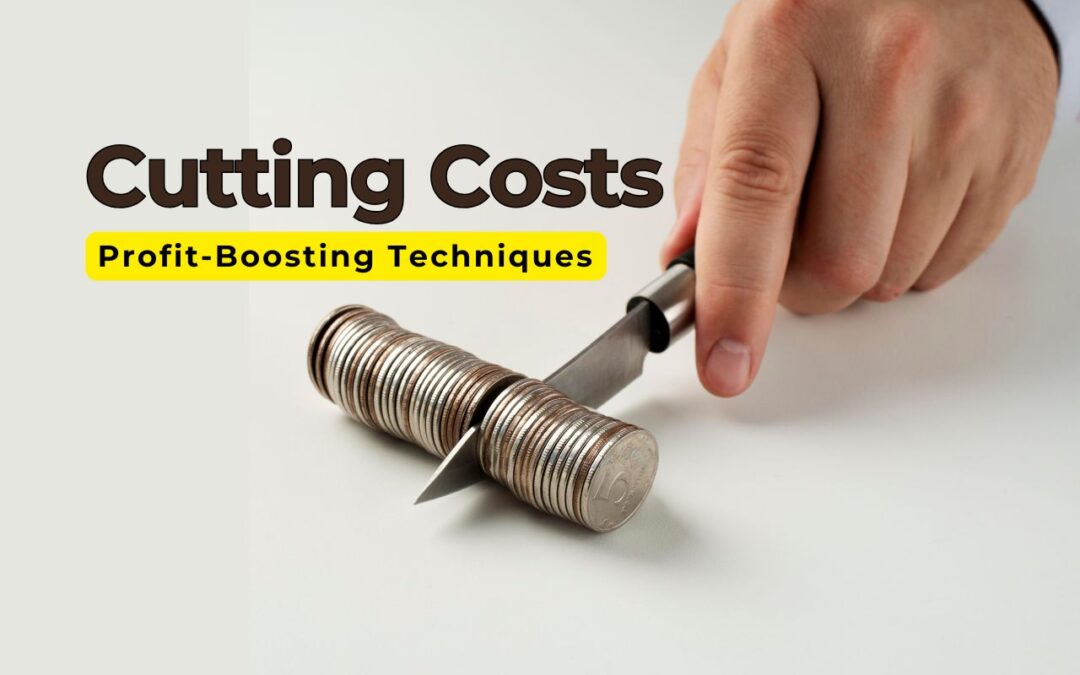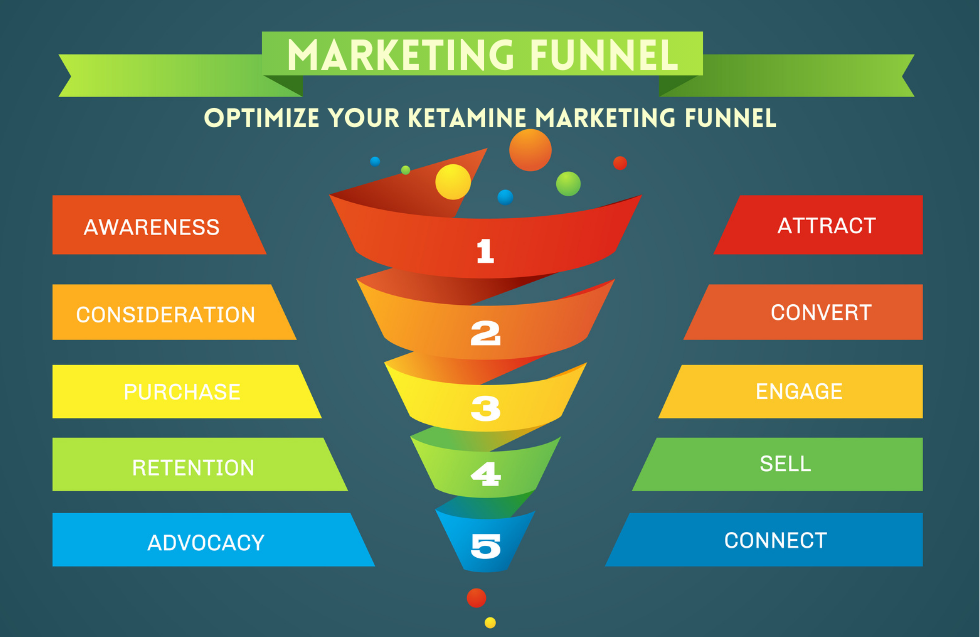In the competitive world of business, maintaining a healthy profit margin is essential for long-term sustainability and growth. Yet, many business owners face a critical challenge: how to reduce costs without compromising the quality of their offerings or the efficiency of their operations. While cutting costs can sometimes evoke fear of reduced service, lower product standards, or employee dissatisfaction, it doesn’t have to be this way. In fact, with strategic planning and smart decision-making, businesses can boost profits significantly by trimming unnecessary expenses, without cutting corners.
This comprehensive guide explores cost-cutting techniques that drive profitability while preserving integrity, quality, and operational excellence.
Rethinking Cost-Cutting: Quality vs. Efficiency
Before diving into strategies, it’s crucial to shift the mindset around cost reduction. The goal isn’t just to spend less—it’s to spend smarter. Successful businesses focus on efficiency and value rather than outright slashing of budgets. When you approach cost-cutting as an opportunity for optimization, you open the door to innovation, streamlined processes, and increased profits.
Streamline Internal Processes for Maximum Efficiency
One of the most effective ways to cut costs without affecting output or quality is by reviewing and refining internal processes. Many companies operate with legacy workflows that haven’t evolved with the business. These outdated systems are often riddled with inefficiencies.
- Conduct process audits to identify bottlenecks, duplication of work, or redundant approvals.
- Consolidate overlapping functions, especially in administrative tasks like scheduling, reporting, and communication.
- Reduce dependency on manual input, which is prone to error and time-consuming, by standardizing procedures where possible.
Improved internal workflows lead to faster turnaround times, fewer mistakes, and better use of employee time—all of which save money in the long run.
Embrace a Culture of Continuous Improvement
Encourage a company-wide mindset that values continuous improvement. Employees at every level should feel empowered to suggest ideas that could help the business operate more efficiently or at a lower cost.
- Create a system for capturing employee feedback on operations.
- Recognize and reward cost-saving ideas.
- Provide ongoing training on resource optimization and efficiency.
When your workforce is invested in the company’s financial well-being, you gain a powerful ally in reducing expenses organically.
Reevaluate Operational Spending Regularly
Regular review of operational spending is essential for identifying areas where costs may be creeping up unnoticed. Many businesses suffer from “cost creep,” where small, recurring expenses build up over time without scrutiny.
- Audit spending on utilities, supplies, travel, and other day-to-day operations.
- Consolidate purchases to negotiate better pricing.
- Eliminate or downgrade underused services.
Small savings accumulated across many departments can result in a significant financial impact.
Reduce Waste through Smarter Resource Allocation
Waste isn’t just an environmental concern—it’s a financial one. Whether it’s wasted time, materials, or energy, every inefficient process chips away at your bottom line.
- Optimize scheduling and labor deployment to reduce idle time.
- Adopt just-in-time inventory strategies to avoid overstocking and spoilage.
- Use analytics to track and reduce resource usage across departments.
Cutting waste often requires upfront effort, but it leads to long-term savings and sustainability.
Improve Employee Productivity without Overworking Staff
You don’t have to push your team harder to get better results. Instead, focus on helping them work smarter.
- Offer flexibility where appropriate to boost morale and productivity.
- Eliminate unnecessary meetings that break focus.
- Provide clear, actionable goals to help employees prioritize what matters most.
When people are clear on what’s expected and are given the right conditions to succeed, they produce better work more efficiently.
Reassess Outsourcing and In-House Operations
Outsourcing can be a cost-saving blessing—or a money pit—depending on how it’s used. The same goes for handling everything in-house.
- Analyze which functions deliver the best value when outsourced vs. done internally.
- Evaluate service quality regularly to ensure you’re getting the best return on your investment.
- Be open to hybrid models, where some parts of a process are outsourced while others are kept internal.
The key is to remain agile and responsive to what works best for your current business stage.
Focus on Retention Over Acquisition
Customer acquisition is vital, but it’s also expensive. Focusing on customer retention offers a higher return on investment.
- Prioritize quality service and consistent communication.
- Implement loyalty programs or referral incentives that reward repeat business.
- Invest in the customer experience—happy customers stay longer and spend more.
By building a strong customer base, you reduce your reliance on continuous spending to attract new buyers.
Leverage Strategic Partnerships
Forging strong partnerships with suppliers, distributors, or even other businesses in adjacent industries can yield significant cost advantages.
- Collaborate on bulk orders or shipping to reduce costs.
- Negotiate long-term contracts with favorable terms.
- Share resources or services in mutually beneficial ways.
Strategic partnerships can extend your reach, cut shared expenses, and build more resilient operations.
Monitor and Control Project Budgets
Too often, projects spiral out of budget due to poor planning or oversight. Implement strong budget control methods from the start.
- Set realistic timelines and clear milestones.
- Build in contingency plans for common risks.
- Review performance regularly to stay on track.
Cutting costs -efficient project management doesn’t mean penny-pinching; it means maximizing results with prudent investment.
Evaluate Your Pricing Strategy
Cutting costs doesn’t always mean internal changes. Sometimes, improving margins is about how you price and sell your product.
- Reevaluate your value proposition to ensure pricing reflects perceived and delivered value.
- Introduce tiered pricing or bundled offers to increase average order value.
- Consider value-based pricing instead of cost-plus pricing to better capture profit potential.
Smart pricing improves cash flow and profitability without affecting product quality.
Prioritize High-Impact Investments
One of the most misunderstood aspects of cost-cutting is the belief that all expenses should be reduced. In reality, some investments yield exponential returns and should be increased, not reduced.
- Invest in employee development and leadership training.
- Upgrade critical infrastructure that boosts productivity or reduces errors.
- Allocate resources to areas with high growth potential.
Focusing on ROI ensures your limited resources go where they matter most.
Embrace Frugality, Not Deprivation
Being frugal is about maximizing value, not denying yourself or your business what it needs to thrive. Companies that adopt a frugal mindset focus on:
- Long-term savings over short-term sacrifices
- Quality investments that reduce future costs
- Ethical decisions that protect brand reputation
Frugality builds a lean, agile, and sustainable business model that can weather economic downturns.
Encourage Transparent Financial Communication
When leadership shares financial realities with the team, it builds trust and invites participation in cost-reduction strategies.
- Hold periodic reviews where departments can discuss budgeting goals.
- Share the impact of cost-saving measures and their contribution to profits.
- Involve teams in budgeting decisions for their departments.
Transparency not only demystifies financial strategy but also aligns everyone’s efforts.
Learn from Setbacks and Keep Evolving
No Cutting costs strategy is perfect from the start. Some initiatives may fail to deliver the savings you hoped for, while others may uncover hidden opportunities.
- Treat each attempt as a learning opportunity.
- Measure results, iterate, and refine.
- Stay informed about emerging trends and evolving best practices.
The key is to be flexible and willing to pivot as needed.
Final Thoughts: Sustainable Growth through Smart Cost Management
Cutting costs doesn’t have to mean compromising on your values, products, or people. In fact, it’s an opportunity to build a smarter, leaner, and more profitable business. By focusing on efficiency, transparency, quality, and long-term value, you can boost profits while maintaining the integrity of your operations.
In a rapidly changing market landscape, companies that learn how to optimize instead of sacrifice are the ones that endure, scale, and thrive.
Whether you’re running a startup or managing an established enterprise, these techniques will help you achieve sustainable growth without cutting corners. The future of your business lies not in how little you spend—but in how wisely you spend it.













